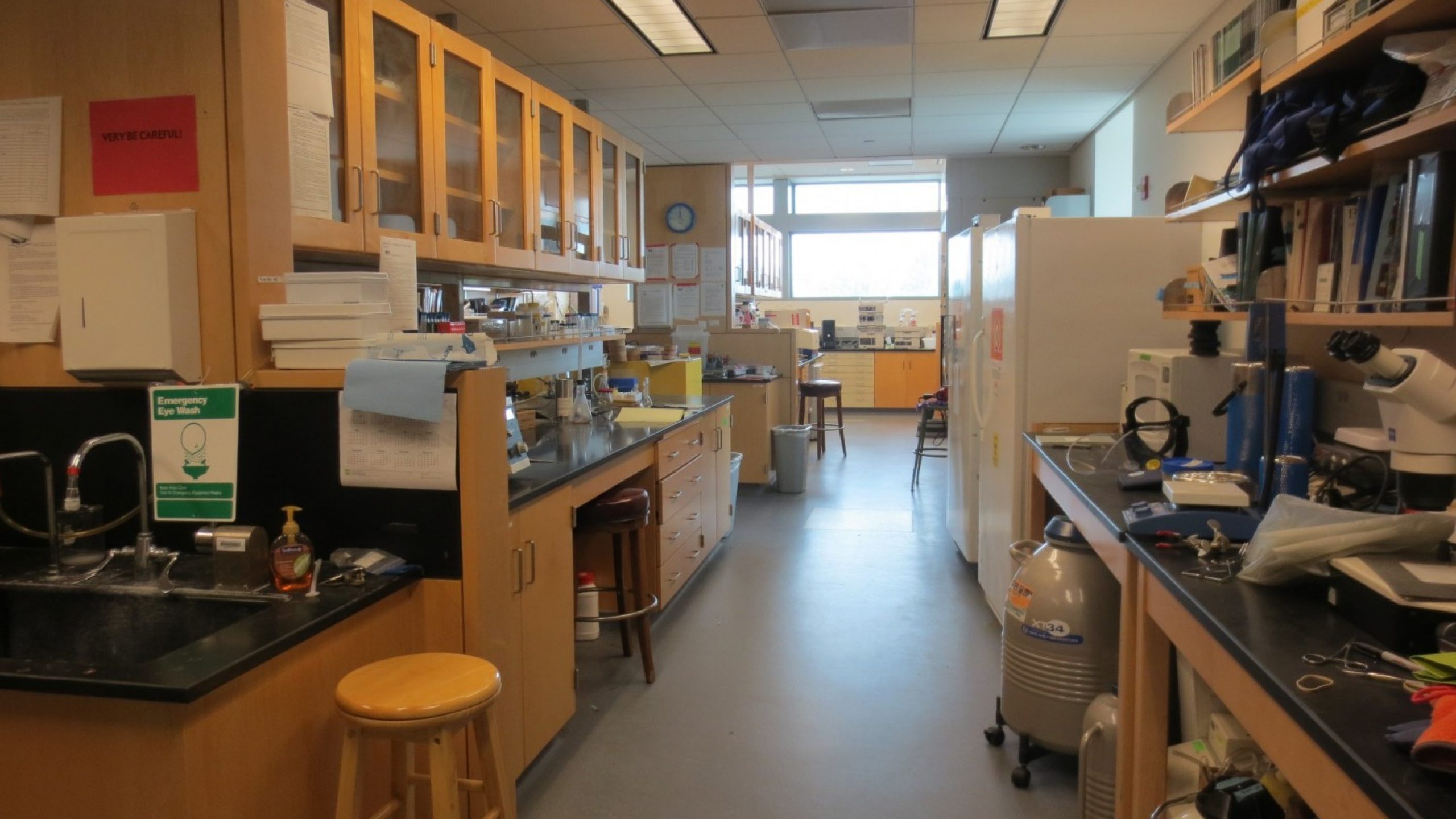 Activated microglia, macrophage-lineage cells located in the central nervous system (CNS), are known to play an important role in the neuroinflammatory response associated with Alzheimer’s disease (AD). They are activated in the presence of senile plaques, current pathological hallmarks of AD, and this activation appears to be mediated by macrophage scavenger receptors. Microglia are attractive as therapeutic agents for AD since regions with high microglia content tend to be correlated with greater neurotoxicity. We plan to target multimodal imaging probes to a type of scavenger receptor (SR-A) that is highly expressed by microglia in AD but not in normal microglia, allowing in vivo visualization of activated microglia associated with plaques.
Activated microglia, macrophage-lineage cells located in the central nervous system (CNS), are known to play an important role in the neuroinflammatory response associated with Alzheimer’s disease (AD). They are activated in the presence of senile plaques, current pathological hallmarks of AD, and this activation appears to be mediated by macrophage scavenger receptors. Microglia are attractive as therapeutic agents for AD since regions with high microglia content tend to be correlated with greater neurotoxicity. We plan to target multimodal imaging probes to a type of scavenger receptor (SR-A) that is highly expressed by microglia in AD but not in normal microglia, allowing in vivo visualization of activated microglia associated with plaques.
In using multi-functional imaging probes detectable through Magnetic Resonance Imaging (MRI), Positron Emission Tomography (PET), and optical microscopy, and we will employ a multimodal imaging approach to visualize activated microglia using SR-A targeted probes, and explore activated microglia as a biomarker for AD and as a possible target for the design of therapeutic agents. Since these imaging probes cannot readily cross the blood brain barrier (BBB), we have investigated the use of nanoparticularte vehicles called solid lipid nanoparticles (SLNs) to encapsulate our probe and facilitate its delivery to the brain.
